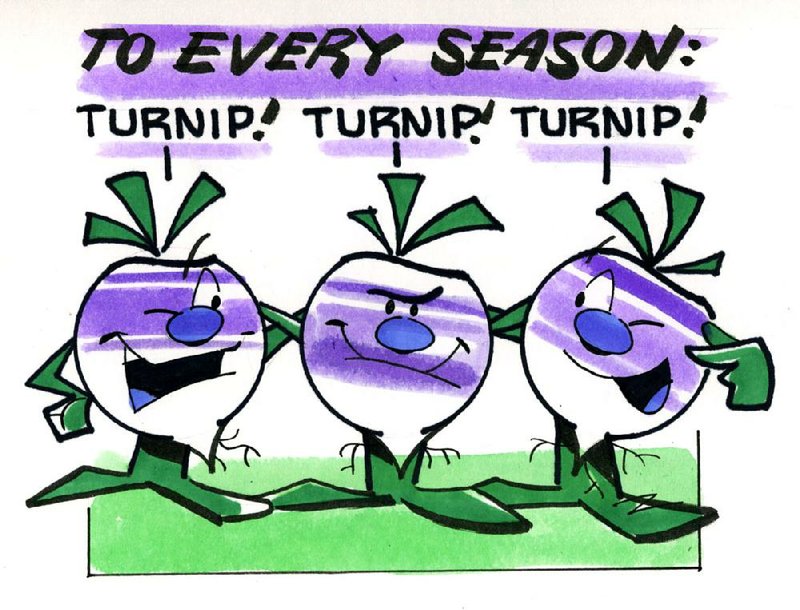Q My sister and I are new vegetable gardeners at Two Rivers Park. We were wondering if there is any specific cover crop you would recommend for our area. Our soil sample didn't show any major deficiencies.
A There are a number of cover crops you can use, but why not grow something you can also eat? You need to sow seed soon, but kale or turnip green seeds should germinate and grow all winter. If we get the really nasty weather, they can freeze back, but they should rebound and resume growth in late winter/early spring. The benefits of a cover crop are not just that spent foliage and roots provide organic material you can work into the soil in the spring; they also compete with winter weeds, helping to keep them at bay. Remember that some cover crops, like vetch and clover, actually get weedy and come back to haunt you for years.
Q I have several "Pocomoke" crape myrtles and
a "Dynamite" crape myrtle on my property. They have finished blooming for the season (I think). When should I cut them back? Also, my juniper is getting huge. Can I just prune some branches back?
A Prune all crape myrtles after winter is over -- usually in late February to early March. Pruning them in the fall at the end of their season can leave them more exposed to potential winter damage. For the juniper, I would also wait until spring. Remember that you cannot prune junipers past green needle growth, so a light shearing or some thinning of branches is all that you can do.
Q My wife and I recently visited my wife's 86-year-old step-mother-in-law and father who live in Florida. They were residents of North Little Rock before moving to Florida a few years ago. While we were visiting with her, she showed me a flowering plant someone had given her and asked me if I knew what its name was. She stated that her boyfriend in high school had given her a corsage for their senior high school prom that had the same flowers in it. He did not know what the flowers were called. They eventually were married. He died about 30 years ago. I have attached a picture of her flowering plant.
A The plant in question is an anthurium. This tropical plant survives outside in southern Florida and Hawaii, but is grown more as a houseplant here in Arkansas. The showy part is not a flower but a modified leaf or spathe. Red is the most common color, but there are varieties with pink and even white flowers.
Q I live in Bella Vista and have three abelia plants that are getting out of hand. I would like to know when the best time to trim them is and how much I can remove. They are about 4 feet tall and almost 4 feet in diameter.
A The same rule applies to abelia as to crape myrtle. Almost all plants that bloom in the summer, with the exception of big leaf and oakleaf hydrangea and gardenias, should be pruned prior to new growth beginning in late winter. Most summer-flowering shrubs bloom on the new growth, so pruning won't hurt their blooming. You can prune as much or as little as you like. You can also rejuvenate them by removing older canes at the soil line, along with pruning existing canes back by one-half or more. Hydrangeas and also gardenias set flower buds at the end of the growing season and so should only be pruned after flowering in the summer.
Janet B. Carson is a horticulture specialist for the University of Arkansas Cooperative Extension Service. Write to her at 2301 S. University Ave., Little Rock, Ark. 72204 or email her at
jcarson@arkansasonline.com
HomeStyle on 11/01/2014
